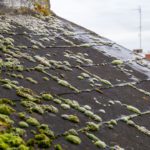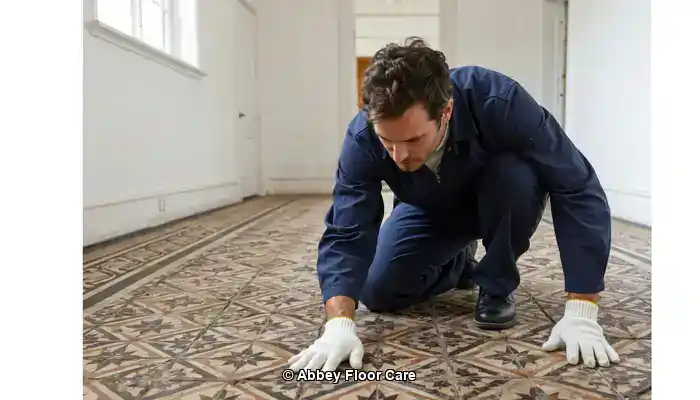
Last Updated on October 30, 2025 by David
Unlocking the Secrets to Reviving the Colour and Pigment of Faded Victorian Mosaic Tiles
- Victorian mosaic tiles often suffer from significant colour loss due to various factors such as ingrained dirt, outdated coatings, and general surface wear. These issues are typically worsened by the relentless passage of time and various environmental influences that contribute to their deterioration.
- Harsh chemical cleaners and aggressive scrubbing can unintentionally strip away the original pigments from Victorian tiles, especially those made of encaustic or geometric designs. This leads to irreversible damage that undermines their historical integrity and aesthetic value.
- The pathway to achieving safe restoration starts with a meticulous cleaning process that employs pH-neutral solutions and low-speed rotary machines fitted with soft brushes. This technique is designed to maintain the integrity of the tiles while ensuring that their aesthetic appeal is preserved for many years to come.
- It is crucial to carefully remove old sealers and waxes to reveal the authentic condition of the tile surfaces. This essential step in the restoration process uncovers the true state of the tiles, thus facilitating appropriate treatment and revitalisation.
- To achieve vibrant colour enhancement, professionals apply breathable, stone-safe sealers that elevate the tile tones without creating an undesirable glossy finish. This approach helps maintain the natural look and feel of the tiles.
- Employing professional restoration techniques can successfully revive original pigments without resorting to repainting or the use of artificial colouring methods. This preserves the authenticity and historical significance of the tiles while delivering an attractive result.
- To ensure the longevity of restored tiles, proper maintenance practices are essential. Implementing gentle cleaning routines and avoiding acidic or bleach-based products is crucial to protect the surface and maintain the integrity of the restoration.
- Utilising heritage-sensitive methods is vital to safeguarding both the aesthetic appeal and historical significance of Victorian mosaic tiles, enabling them to remain cherished elements of architectural heritage for generations.
Understanding the Significance of Restoring Victorian Mosaic Tiles
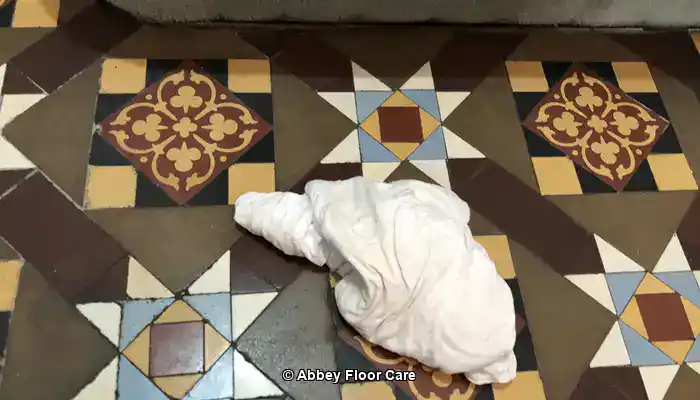
Victorian encaustic and mosaic tiles represent a crucial aspect of British architectural heritage, renowned for their intricate craftsmanship and unique colour palettes derived from mineral pigments that are fused directly into the clay tile bodies. This distinctive manufacturing process leads to a vibrant aesthetic that remains enduring over time, making these tiles not only functional but also a visually stunning feature in any property.
Expert Recommendations: Essential Products for Daily Care of Victorian Tiles
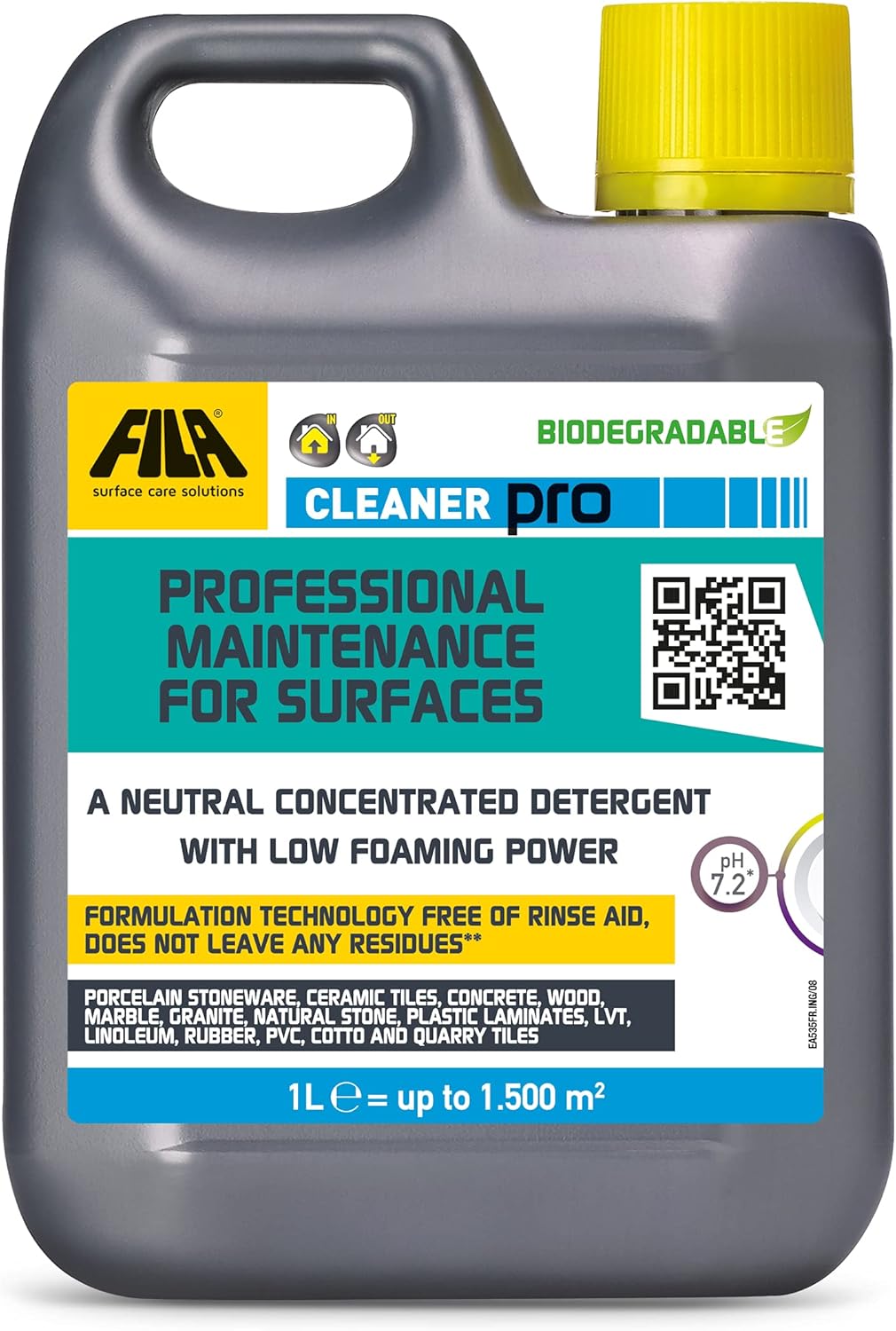
Fila Pro Floor Cleaner
|
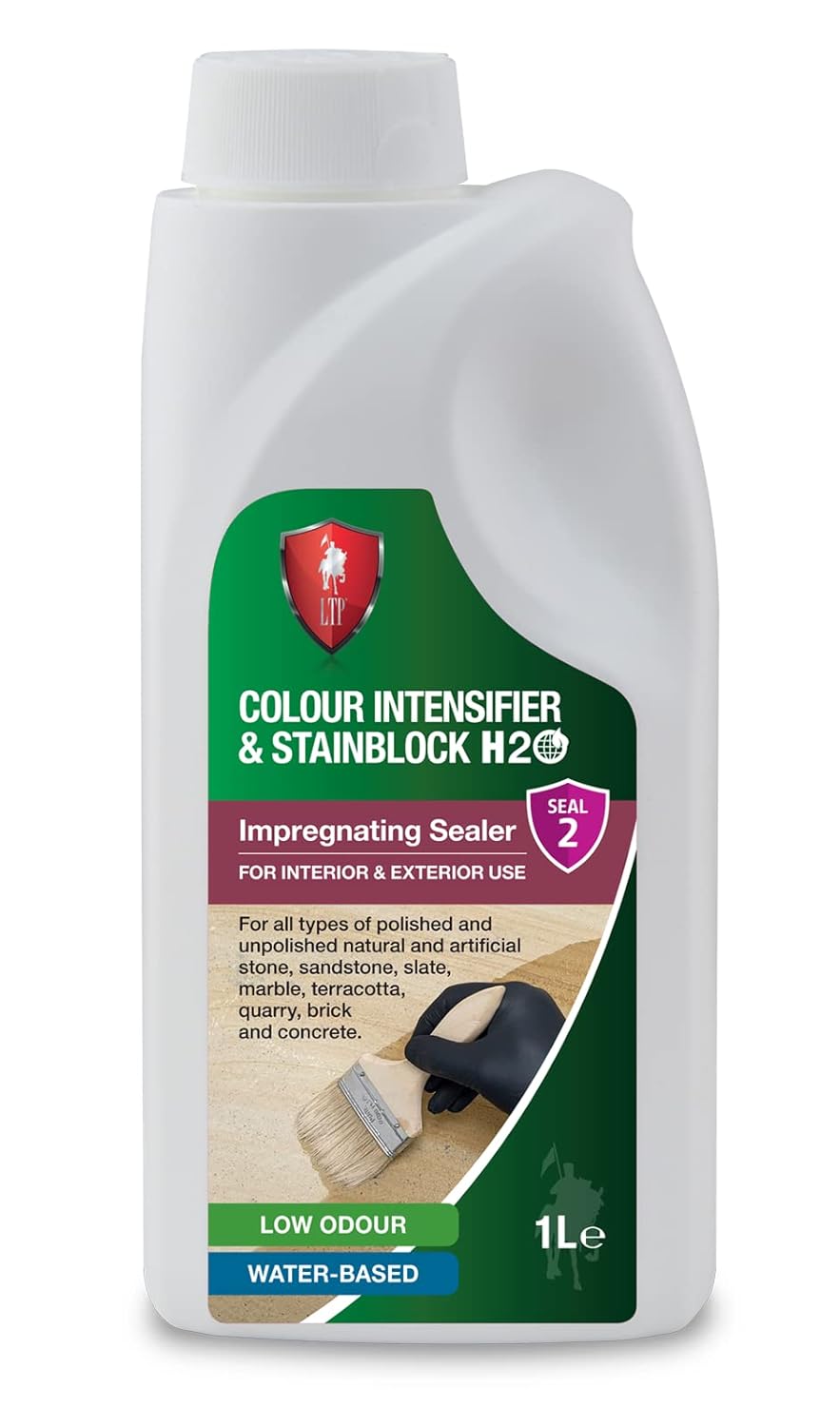
LTP Colour Intensifier & Stainblock H20
|
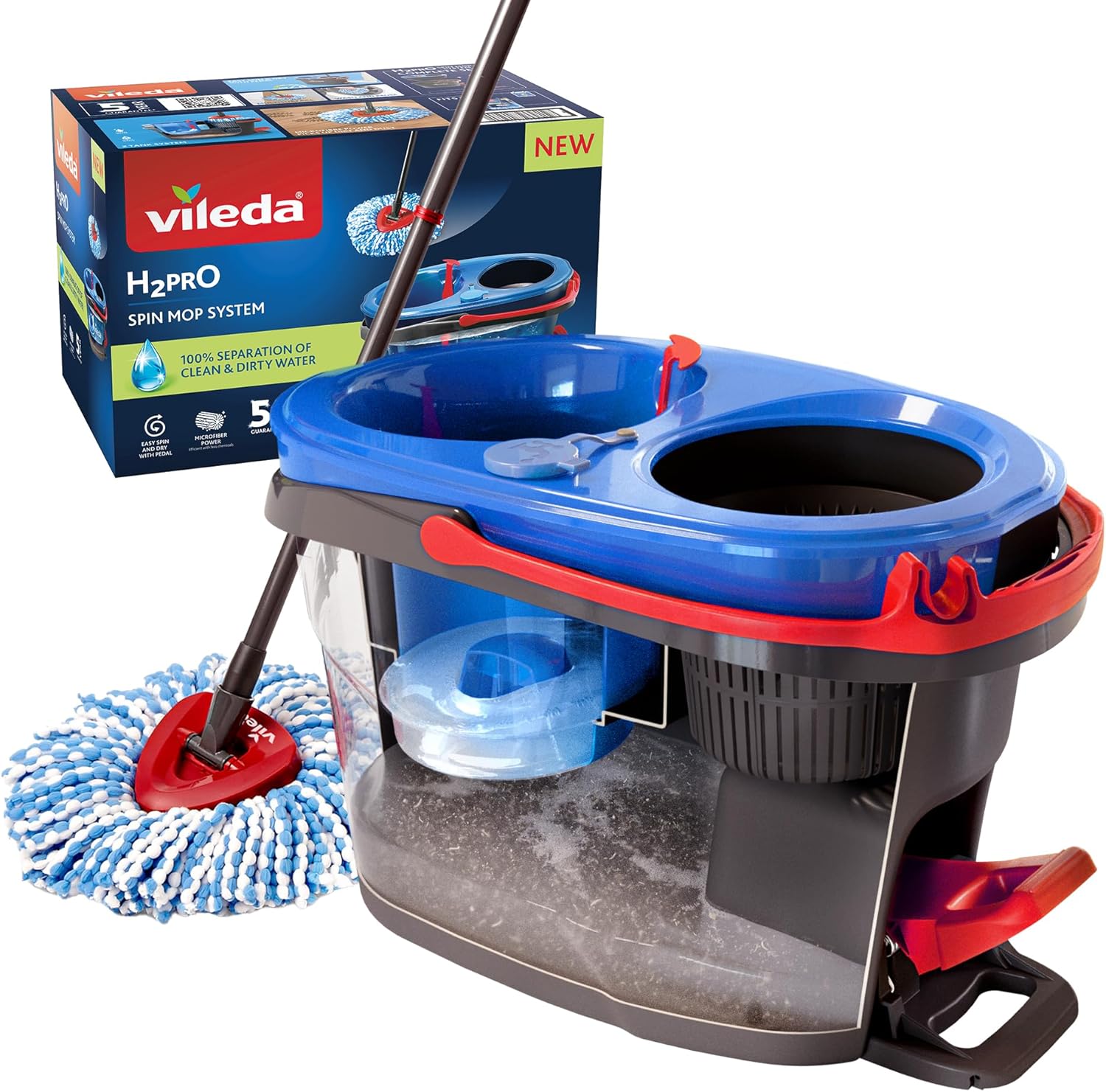
Vileda H2PrO Spin Mop System
|
Over time, these exquisite tiles can lose their visual appeal due to various factors, including surface wear, chemical impacts, and environmental changes. The process of restoring their original vibrancy is a specialised task requiring a deep understanding of the materials involved, historically accurate techniques, and high-quality products designed to preserve their integrity. This ensures that Victorian mosaic tiles continue to be a striking and valuable feature in any space.
What Are the Primary Causes of Fading and Dulling in Victorian Mosaic Tiles?
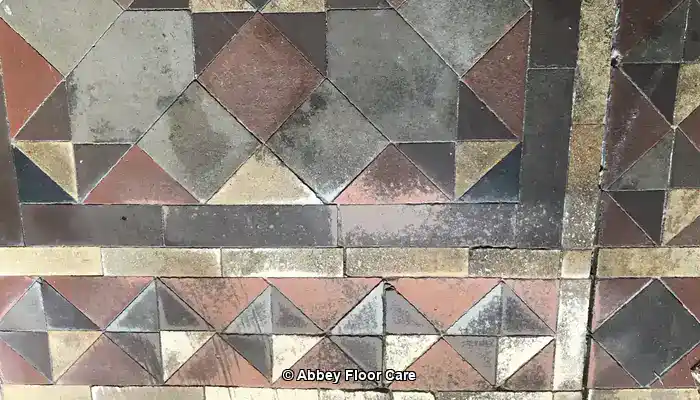
Example of Victorian Clay Tile Floor dulled through surface wear and damage.
Although the pigments are an integral component of the tiles, numerous factors contribute to their fading and dulling over time, including:
- Accumulated dirt and grime: Continuous foot traffic deposits fine particles and oils that penetrate porous tile surfaces, scattering light and muting vibrant colours, which ultimately diminishes their overall appeal and beauty.
- Wax and polish buildup: Layers of wax or sealants that lack breathability can trap moisture, leading to a cloudy or discoloured appearance on the tile surface, further impacting their presentation and aesthetic value.
- Moisture-driven issues: Many Victorian tiles were installed over subfloors without damp-proof membranes, leading to rising damp that transports soluble salts. This crystallisation on the tile surface manifests as efflorescence, which obscures the original tones and complicates restoration efforts.
- Physical abrasion: Small surface scratches accumulated over years of use disrupt smooth light reflection, diminishing the overall visual richness of the tiles and resulting in a worn appearance that is far less appealing.
To achieve effective restoration, it is essential to address each of these contributing factors without compromising the historic integrity and structure of the tiles. This ensures that the restoration process is thorough, respectful, and maintains the original craftsmanship that makes these tiles unique.
Why Is Breathability Essential When Restoring Tiles Without a Damp-Proof Membrane?
Given that many Victorian tiled floors are situated on older subfloors that lack a damp-proof membrane (DPM), it's crucial for their natural clay structure to remain permeable. This permeability allows subfloor moisture to evaporate efficiently, preserving the tiles’ condition over time. Non-breathable wax coatings or film-forming sealers can obstruct this vital evaporation pathway, leading to moisture accumulation beneath the surface. Such entrapment of salts and humidity can result in efflorescence, surface mineral degradation, and the unwelcome phenomenon known as wax blooming—a whitish haze that forms on the tile. Therefore, restoration strategies must prioritise the use of breathable impregnating sealers that protect the tiles while allowing moisture vapour to migrate freely, thereby preventing long-term damage and deterioration.
Delving into the Composition and Pigmentation of Victorian Tiles

An example of different pigments in a Victorian Clay tile floor during restoration by Abbey Floor Care
What Are the Mineral Oxide Pigments Used in Victorian Tiles?
Victorian mosaic and encaustic tiles derive their distinctive earthy tones from mineral oxide pigments that are embedded directly into the clay. These pigments not only enhance durability but also contribute to the depth of colour, offering a rich visual experience. The primary pigments found in these tiles include:
- Iron oxide: creates shades of terracotta reds, rust browns, and soft ochres, adding warmth to the tiles and enhancing their charm.
- Manganese: produces deep browns and rich blacks, enhancing the contrast and depth of the tile designs, making them visually striking.
- Cobalt: imparts a range of blue hues, providing a cool contrast to the warmer tones and diversifying the overall colour palette.
- Chromium: generates natural green shades, further enriching the colour variety and aesthetic appeal of the tiles.
How Does the Firing Process Impact Pigments in Tile Production?
During the manufacturing process, the tiles undergo firing at temperatures reaching approximately 1100°C. This intense heat vitrifies the clay and fuses the pigments deeply into the tile body, ensuring that the colour permeates throughout the tile rather than merely residing on the surface. This method guarantees long-lasting vibrancy and stability of colour, which is essential for preserving the aesthetic appeal of the tiles and ensuring they endure the test of time.
What Are the Characteristics of the Porous Unglazed Finish of Victorian Tiles?
Typically, Victorian tiles feature a porous, unglazed matte finish, which contributes to their natural aesthetic appeal. However, this inherent porosity makes the tiles absorbent and susceptible to surface contamination and moisture, necessitating meticulous cleaning and maintenance to preserve their condition. Understanding these characteristics is vital to ensuring the tiles’ longevity and durability, allowing them to remain attractive and functional for years.
How Does Colour Durability Vary Among Different Tile Types?
Natural earth pigments, particularly in red and yellow tiles, often contain fewer mineral additives than darker colours, such as black, which are formulated with manganese. This disparity results in red and yellow tiles being less durable and more prone to surface dishing under heavy foot traffic. This wear manifests as shallow depressions where footfall is concentrated, leading to uneven colour intensity and a noticeable loss of surface flatness, which can detract from their overall aesthetic value.
What Key Considerations Ensure Successful Tile Restoration?
Understanding pigment composition and wear patterns is crucial when planning a restoration. Softer-toned tiles necessitate gentler cleaning methods and tailored impregnating sealers that respect their physical properties while enhancing colour vibrancy. In contrast, darker, more resilient tiles can withstand more intensive cleaning but still require breathable, colour-enhancing protection to maintain vibrancy over time, ensuring that the restoration remains effective, visually pleasing, and durable.
Proven Cleaning Techniques for Reviving the Original Beauty of Victorian Mosaic Tiles
Effective cleaning is essential for reviving Victorian encaustic and mosaic tiles to their original splendor. However, the cleaning process for these historical tiles demands a specialised approach that transcends the use of simple pH-neutral detergents commonly recommended. Professional restorers employ specifically formulated alkaline cleaners combined with mechanical techniques to dissolve heavy soiling and old residues without compromising the historic fabric of the tiles.
How to Systematically Remove Debris from Tile Surfaces
The cleaning process begins with the removal of all loose dirt and grit using soft brushes or vacuuming with brush attachments. This preliminary step is crucial in preventing scratches on the delicate tile surfaces during subsequent cleaning phases, thereby protecting their aesthetic quality and ensuring a thorough restoration that honours the original craftsmanship.
Utilising Alkaline Cleaners for Effective Soil Removal
In contrast to pH-neutral cleaners, which often lack the chemical strength needed to tackle ingrained fatty acids and organic soils, alkaline cleaners are essential for breaking down household oils, grease, and sticky residues commonly found on tile surfaces and in grout lines. These alkaline formulations dissolve the binding agents of dirt, sugars, and fats, allowing for effective removal while ensuring compatibility with the mineral composition of Victorian tiles. Professional-grade alkaline products, such as PS87 PRO or bespoke formulations from heritage cleaning specialists, are typically used in diluted form. This ensures deep cleaning without being overly aggressive towards the clay body. It is vital to remember that even with alkaline cleaners, caution is necessary, and spot testing is always recommended to avoid potential damage during the restoration process.
Employing Mechanical Agitation with Appropriate Pads for Enhanced Cleaning
Mechanical action significantly enhances cleaning efficacy. Low-speed rotary scrubbers fitted with red or, in certain instances, green non-abrasive pads are frequently employed to agitate soils from small pits, tile surfaces, and grout lines. These pads clean thoroughly while preserving the integrity of tile edges and delicate surface details, ensuring that the overall aesthetic remains intact and the restoration is successful.
Thoroughly Removing Waxes and Exotic Sealants for a Fresh Slate
Years of use can lead to the accumulation of old waxes and sealants, particularly from DIY attempts using unsuitable products. Water-based cleaners—whether alkaline or mildly acidic—are preferred for eliminating these residues without compromising the tile’s mineral structure. Nevertheless, stubborn ‘exotic’ or solvent-resistant coatings necessitate the use of targeted solvent-based removers such as Lithofin Wax-Off or LTP Solvex. These solvents effectively soften and emulsify waxes and old sealants, but must be handled carefully by professionals trained in their safe application and disposal to prevent further damage during the restoration process.
Why Is Rinsing and Drying Crucial After Cleaning?
Following the chemical cleaning process, thorough rinsing is essential to remove all cleaning residues. Multiple rinses with clean water, supplemented by wet vacuum extraction, ensure that no traces of detergent or solvent remain to interfere with subsequent restoration coatings. The drying time can vary based on environmental conditions such as humidity, surface type, and moisture content. Restoration experts consistently utilise moisture meters to verify that the tiles are completely dry before applying any impregnating sealers or protective treatments. This meticulous approach prevents moisture entrapment, which could otherwise result in efflorescence, staining, or damage beneath sealed layers, thereby ensuring the longevity of the restoration.
What Are the Benefits of Comprehensive Cleaning for Restoration Success?
Thorough cleaning reveals the actual condition of the tiles by eliminating visual obstructions. It exposes areas that may require repair and provides a clean, receptive surface for colour-enhancing impregnators or other restorative products. This careful preparation is fundamental to the success and longevity of Victorian mosaic tile restoration, ensuring that the final results are not only aesthetically pleasing but also durable and reflective of the original craftsmanship.
Enhancing Colour with Premium Impregnating Sealers
Restoration professionals utilise impregnating colour-enhancing sealers from LTP and <a href=”https://amzn.to/4ntC8ma”>Lithofin, </a>, both of which are recognised for their advanced, heritage-approved formulations. Unlike superficial coatings, these sealers:
- Penetrate deeply into tile pores, physically enriching colour by altering light refraction, thereby enhancing visual appeal and depth.
- Maintain vapour permeability, which is essential for moisture escape, particularly in older floors lacking DPM layers, to prevent future damage and deterioration.
- Provide long-lasting protection against stains and foot traffic without altering the natural texture or gloss of the tiles, ensuring they remain authentic and retain their original design.
- Applied in multiple light coats, each allowed to penetrate before the next is applied, ensuring complete uniformity across the surface for a flawless finish that enhances the overall beauty of the tiles.
These sealers effectively combat fading by restoring vibrancy while preserving the historic floor’s breathable characteristics, making them an essential part of the restoration process that ensures longevity and durability.
Effective Techniques for Repairing Damaged Tiles and Colour Tinting
Tiles that exhibit chips, cracks, or missing pieces require careful repair using tinted epoxy or lime-based mortars, colour-matched with natural mineral oxides to ensure a seamless appearance. Restoration experts often source matching replacement tiles from salvage archives to maintain pattern continuity, thereby preserving the historical integrity of the installation. Colour tinting involves the selective application of earth-pigment-infused wax or resin mixtures, which are carefully applied to blend worn or missing pattern areas while respecting tile breathability and reversibility for future restorations. This approach ensures that any repairs are both effective and honour the original design.
Best Practices for Effective Tinting of Tiles
- Utilise small, controlled applications to avoid over-colouring the tiles, ensuring a natural, seamless appearance that harmonises with the original design.
- Conduct patch testing on inconspicuous areas before performing a complete application to ascertain compatibility, thereby preventing any unintended issues that could arise during the restoration.
- Ensure that the tinting materials are compatible with the impregnating sealers applied to the entire surface to prevent adverse reactions and to maintain the integrity of the restoration.
How to Maintain Restored Victorian Mosaic Floors for Longevity and Aesthetic Appeal
To preserve the restored colour and condition of Victorian mosaic tiles, ongoing care is vital. Regular maintenance practices include:
- Regular cleaning with pH-neutral, non-abrasive detergents specifically formulated for historical tiles to avoid causing damage and to maintain their beauty.
- Implementing preventive measures, such as placing entrance mats to minimise dirt ingress and protect the surface from wear and tear over time, thus extending the life of the tiles.
- Promptly addressing liquid spills, particularly acidic substances like vinegar or wine, to prevent surface etching and damage that could compromise the restoration efforts.
- Regularly reapplying breathable impregnating sealers every three to five years or as wear suggests to maintain protection and vibrancy, ensuring the tiles remain in excellent condition and visually appealing.
- Continuously monitoring floors for signs of efflorescence or moisture ingress, which may indicate underlying damp issues requiring immediate attention to prevent further deterioration and damage.
Avoiding Common Restoration Mistakes for Optimal Outcomes
- Steer clear of wax treatments that can obstruct breathability, cause efflorescence, or lead to the phenomenon known as wax blooming, which detracts from the tile’s beauty and overall appearance.
- Avoid using acrylic or polyurethane sealants that can trap moisture and lead to tile degradation over time, thereby compromising the restoration and diminishing tile integrity.
- Limit the use of harsh chemical cleaners, as they can erode both the clay and the pigments embedded within the tiles, significantly reducing their durability and aesthetic value.
- Never attempt to repaint tiles; paint films alter their visual and physical properties and are not reversible, risking further damage to the original tiles and compromising their historical importance.
- Recognise and address issues in older subfloors before sealing to prevent future problems that could affect the integrity and longevity of the restored tiles.
Highlighting Successful Restoration Projects: Real-Life Case Studies
Real-life examples illustrate the successful implementation of these principles:
Reviving a Victorian Hallway: A Restoration Project in Sheffield
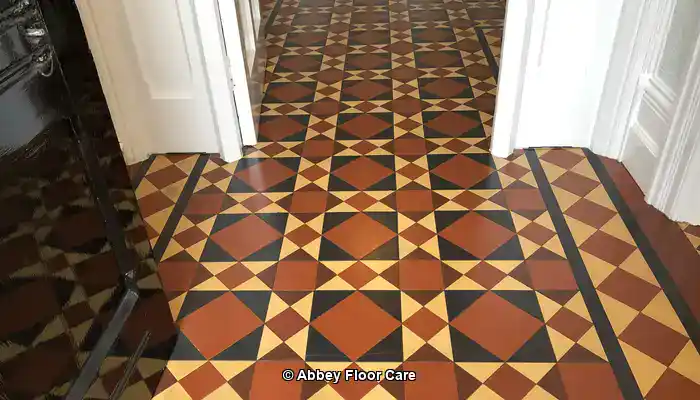
Our methodical cleaning process eliminated years of wax and grime, followed by the application of a Lantania Avo colour-enhancing impregnating sealer that notably deepened the colours of the tiles. This was further complemented by the application of an acrylic topical sealer to provide surface protection, particularly on floors installed over a damp-proof membrane, ensuring the tiles remain vibrant and protected against wear.
A Civic Mosaic Floor Restoration in Chesterfield

After meticulously cleaning and removing old topical sealers, the floor was sealed with an LTP Colour Enhancing Impregnating sealer. The surface was further protected with a wax that was carefully applied to seamlessly integrate the clay tiles into the historic fabric of the building, preserving its unique character and aesthetic integrity.
Protecting Heritage Through Expert Restoration Practices
The process of restoring the colour and pigment of Victorian mosaic tiles is a multifaceted challenge that balances material science, craftsmanship, and a deep respect for heritage values. By employing premium impregnating colour-enhancing sealers from industry leaders such as Dry Treat, Lantania, and Lithofin, professionals ensure long-term breathability, protection, and vibrancy of the colours. Skilled cleaning, meticulous repairs, and dedicated maintenance are all crucial in preserving authenticity while rejuvenating these historic floors for future generations to appreciate and enjoy.
Addressing Common Queries About Victorian Tile Restoration
What Are Victorian Mosaic Tiles?
Victorian mosaic tiles are decorative tiles that gained prominence in the 19th century, celebrated for their vibrant colours and intricate patterns. They were commonly utilised in both public buildings and private residences, showcasing the artistry and craftsmanship of the era.
How Can I Effectively Restore Faded Victorian Mosaic Tiles?
Restoring faded Victorian mosaic tiles involves a comprehensive process of cleaning, repairing any damages, applying new pigments to match the original colours, and subsequently sealing the tiles to protect them from future degradation, ensuring their beauty lasts for years.
What Materials Are Essential for Tile Restoration?
Key materials needed for tile restoration include specialised cleaning solutions, pigments, adhesives, grout, and protective sealants, all selected for their compatibility with the original tiles to guarantee a seamless and respectful restoration process.
How Long Does the Tile Restoration Process Typically Take?
The duration of tile restoration varies widely based on the size and condition of the area being restored, typically ranging from a few days for smaller projects to several weeks for larger restorations, depending on the extent of the work required and the specific challenges involved.
Can I Undertake the Restoration Myself?
Yes, smaller restoration projects can be managed as a DIY task if you possess the necessary skills and tools; however, more complex repairs necessitate professional expertise to ensure high-quality results that respect the tiles’ historical significance and craftsmanship.
What Is the Expected Cost of Restoring Victorian Mosaic Tiles?
Cost estimates can fluctuate significantly based on the project’s size and condition, ranging from a few hundred to several thousand dollars for comprehensive restorations, influenced by materials and labour involved in the restoration process.
How Do I Select the Right Restoration Expert?
When choosing restoration professionals, look for individuals with a proven track record in historical projects, positive reviews, and a commitment to using authentic materials and techniques that respect the original craftsmanship, ensuring quality work that meets your needs.
What Challenges Do Restorers Commonly Encounter?
Restorers often face challenges such as matching original colours, repairing damaged tiles, and ensuring the longevity and durability of the restoration work to withstand time and use, making expertise essential for successful outcomes.
How Can I Maintain My Restored Tiles Effectively?
Regular cleaning with pH-neutral products, avoiding harsh chemicals, periodically resealing, and promptly addressing any damage are key practices to maintain restored tiles in excellent condition, preserving their beauty and integrity for years.
What Innovations Are Currently Influencing Tile Restoration?
Recent innovations in the field include advanced cleaning solutions, new types of sealants, and digital technology for precise colour matching and pattern replication in restoration projects, enhancing the effectiveness and efficiency of restoration efforts.
The Article Restoring Colour and Pigment to Faded Victorian Mosaic Tiles first found on https://www.abbeyfloorcare.co.uk
The Article Restoring Victorian Mosaic Tiles: Reviving Colour and Pigment appeared first on https://fabritec.org
The Article Restoring Victorian Mosaic Tiles for Vibrant Color Revival Was Found On https://limitsofstrategy.com


